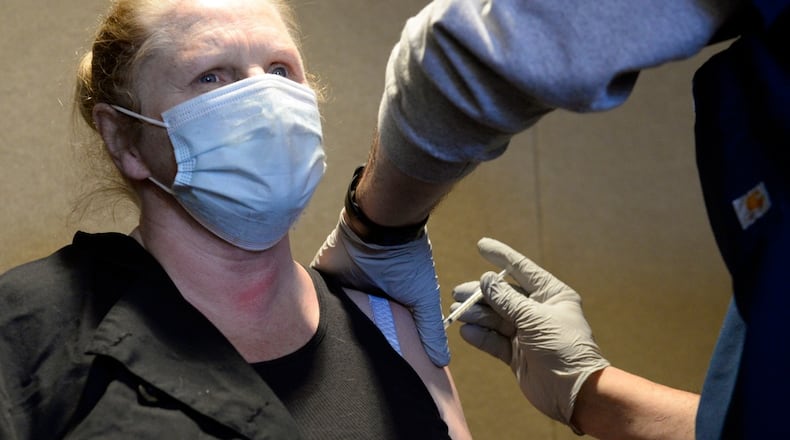“We continue to regain ground in the current COVID fight, as our key performance indicators used to determine our local health protection condition level keep improving,” the base said.
The base was under HPCON “Delta” just two weeks ago before moving to Charlie.
“This is a great thing, folks, but let me tell you this doesn’t mean that the pandemic is over,” said Col Patrick Miller, commander of the base’s 88th Air Base Wing and Wright-Patterson installation commander.
A move to HPCON bravo — a notch improved over bravo-plus — could happen in the “near future,” Miller also said, and in a Facebook video, he said base leaders are watching federal guidance on the use of masks, which continue to be required on the base.
“What you will see is an occupancy adjustment,” he added, acknowledging that some mission commanders at Wright-Patterson have already made the call to move employee occupancy to 40% where that is deemed necessary.
Pre-pandemic, about 30,000 military and civilian employees worked at the base on most work days.
About the Author

